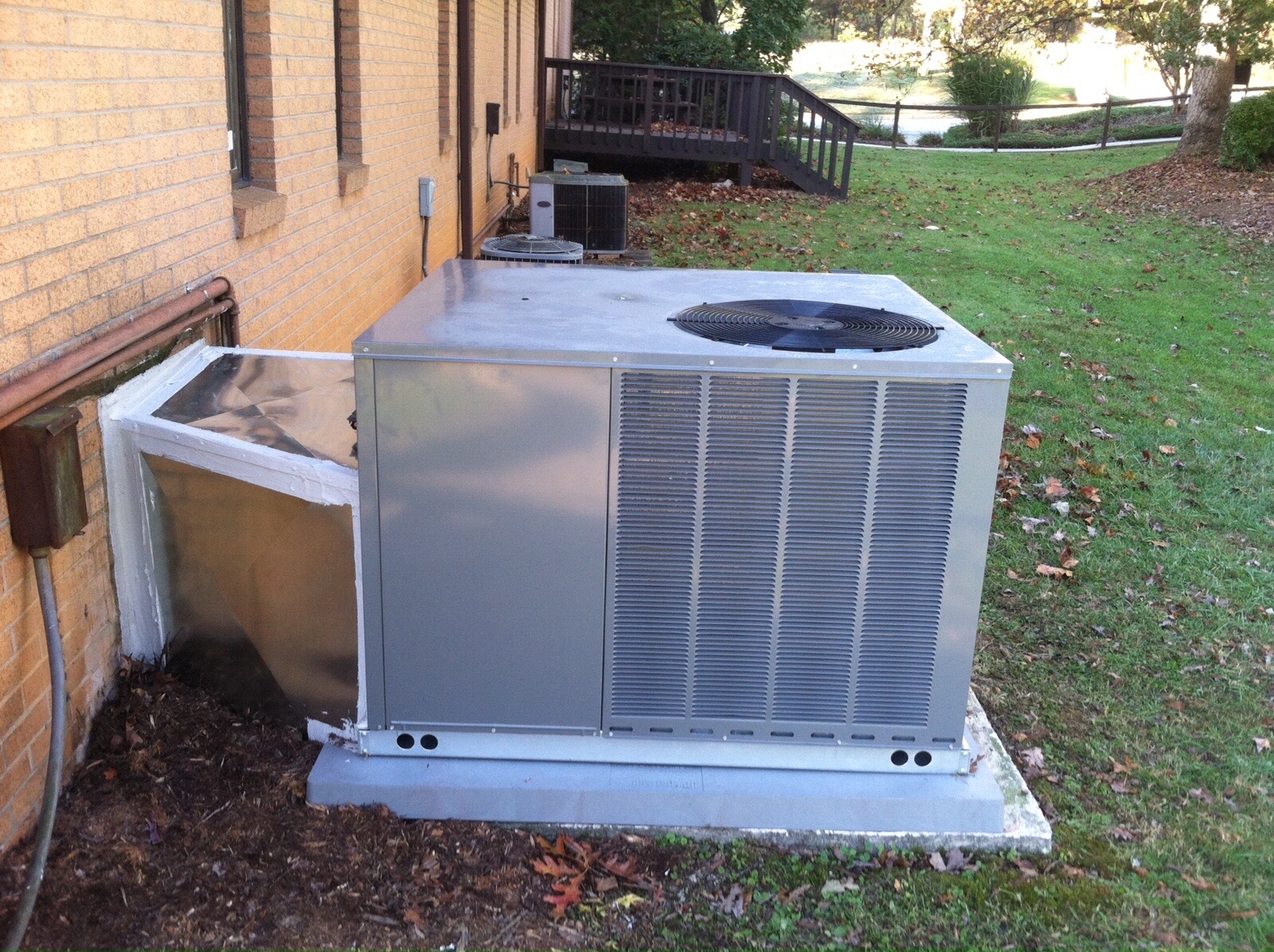Are You Ignoring the Red Flags From Your Heating System?
As a homeowner in Asheville, you depend on your heating system to keep your home warm and cozy, especially during the cold winter months. But what happens when your system begins to show signs of age or inefficiency? Waiting for a complete breakdown can lead to uncomfortable days and nights, unexpected expenses, and rushed decisions about replacements.
Instead of waiting for the worst, you can save time, money, and stress by recognizing the warning signs that it’s time to replace your heating system. Below, we’ll discuss these indicators and how Sheer Comfort Heating & Air Conditioning can help ensure your home stays warm and safe.
Frequent Repairs Are Draining Your Wallet
Does it feel like your heating system is always in need of repairs? Constantly paying for service calls and parts replacements can quickly add up, and it’s often a sign that your system is nearing the end of its lifespan.
If your heating system is older and has already needed several costly repairs, replacing it might be the more economical choice. At Sheer Comfort Heating & Air Conditioning, we’ve been helping Asheville homeowners make this decision since 2002. Our technicians can inspect your system and give you clear advice on whether repairing or replacing is the better option.
Investing in a new system upfront might seem expensive, but it could save you from ongoing repair costs and the inconvenience of unexpected breakdowns.
Your System Is Over 15 Years Old
Most heating systems have a lifespan of 15 to 20 years, depending on their type and how well they’ve been maintained. If your system is over 15 years old, it’s a good idea to start planning for a replacement.
Older systems tend to lose efficiency and require more frequent maintenance. They may struggle to keep your home comfortable, and you’ll likely notice higher utility bills as they work harder to produce the same level of heat. Upgrading to a modern, high-efficiency system can reduce energy costs while keeping your home warm and cozy.
Rising Energy Bills
Have your utility bills been creeping up even though your energy usage hasn’t changed? This is a common sign that your heating system isn’t running as efficiently as it should. Aging components, wear and tear, and outdated technology can all cause your system to use more energy than necessary.
Newer heating systems are designed with energy efficiency in mind. They feature advanced technology and higher AFUE (Annual Fuel Utilization Efficiency) ratings, which means more of the energy you pay for goes directly into heating your home. Replacing your old system with an energy-efficient model can lead to significant savings over time.
Strange Noises or Visible Damage
Is your heating system making unusual sounds like rattling, humming, or buzzing? These noises often indicate worn-out components or other internal issues. Visible signs of damage, such as cracks, rust, or leaks, are also red flags that your system may be on its last legs.
These problems can compromise your system’s safety and efficiency, so it’s essential to address them promptly. The certified technicians at Sheer Comfort Heating & Air Conditioning can thoroughly inspect your system and help you decide if repairs are worth it or if replacement is the better choice.
Uneven Heating and Excessive Dust
Have you noticed that some rooms in your home are warmer than others? Inconsistent heating is a common sign of an aging or failing system. Heating systems are designed to distribute warmth evenly throughout your home, and if yours isn’t doing so, it may be time for a replacement.
Another issue to watch for is excessive dust or dirt in your home. While clogged air filters can sometimes cause this problem, persistent dust buildup could mean your system isn’t working efficiently. A new system can improve air quality and provide consistent comfort throughout your home.
Why Proactive Replacement Is Better Than Waiting
While it’s tempting to hold onto your current heating system until it completely breaks down, this approach can leave you in a bind. A sudden failure means you’ll have to rush through the replacement process, which might result in higher costs and limited options.
By recognizing the warning signs early and replacing your system proactively, you can take your time to research models, compare costs, and schedule installation at a convenient time. Plus, you’ll avoid the discomfort of living without heat during the colder months.

